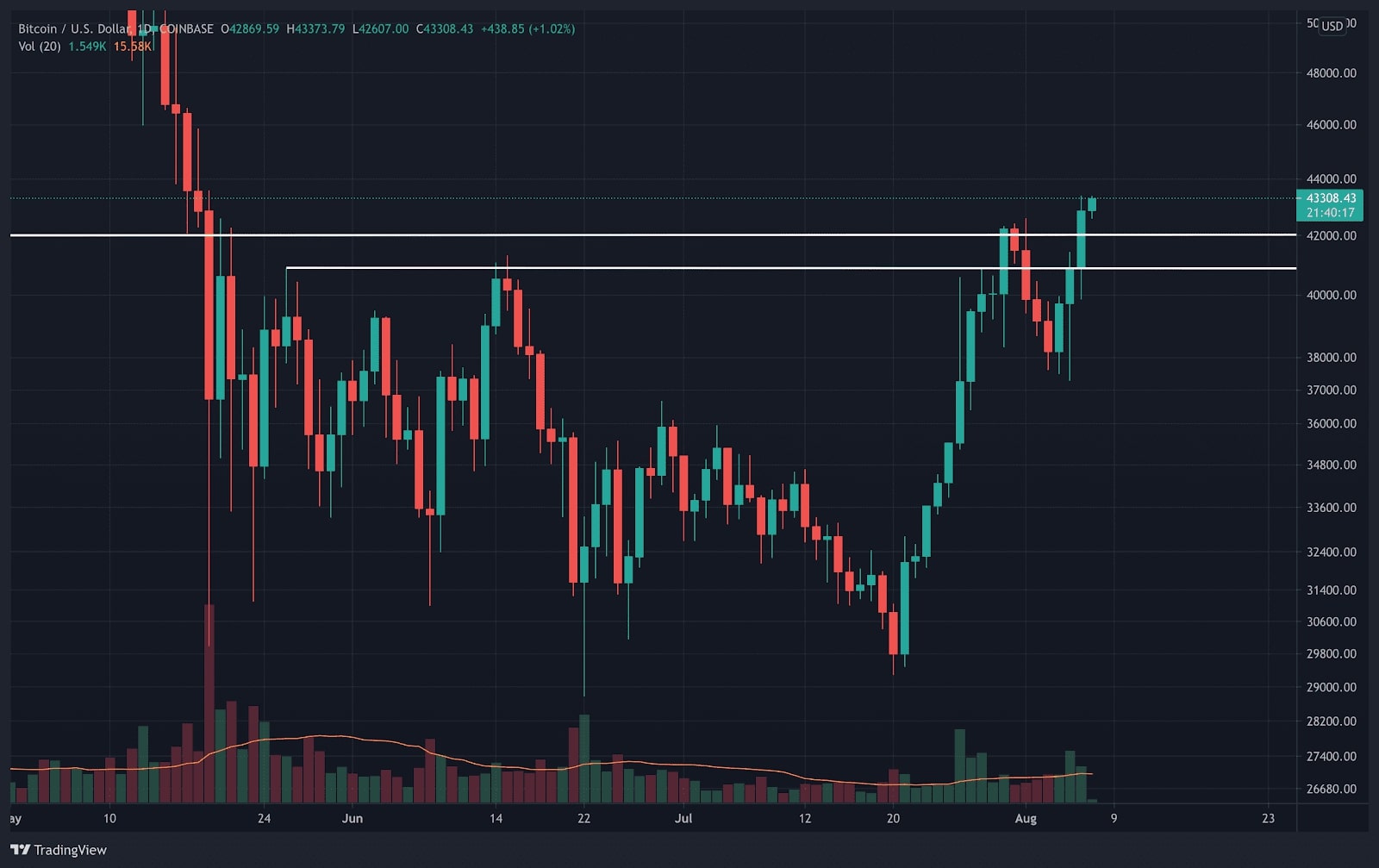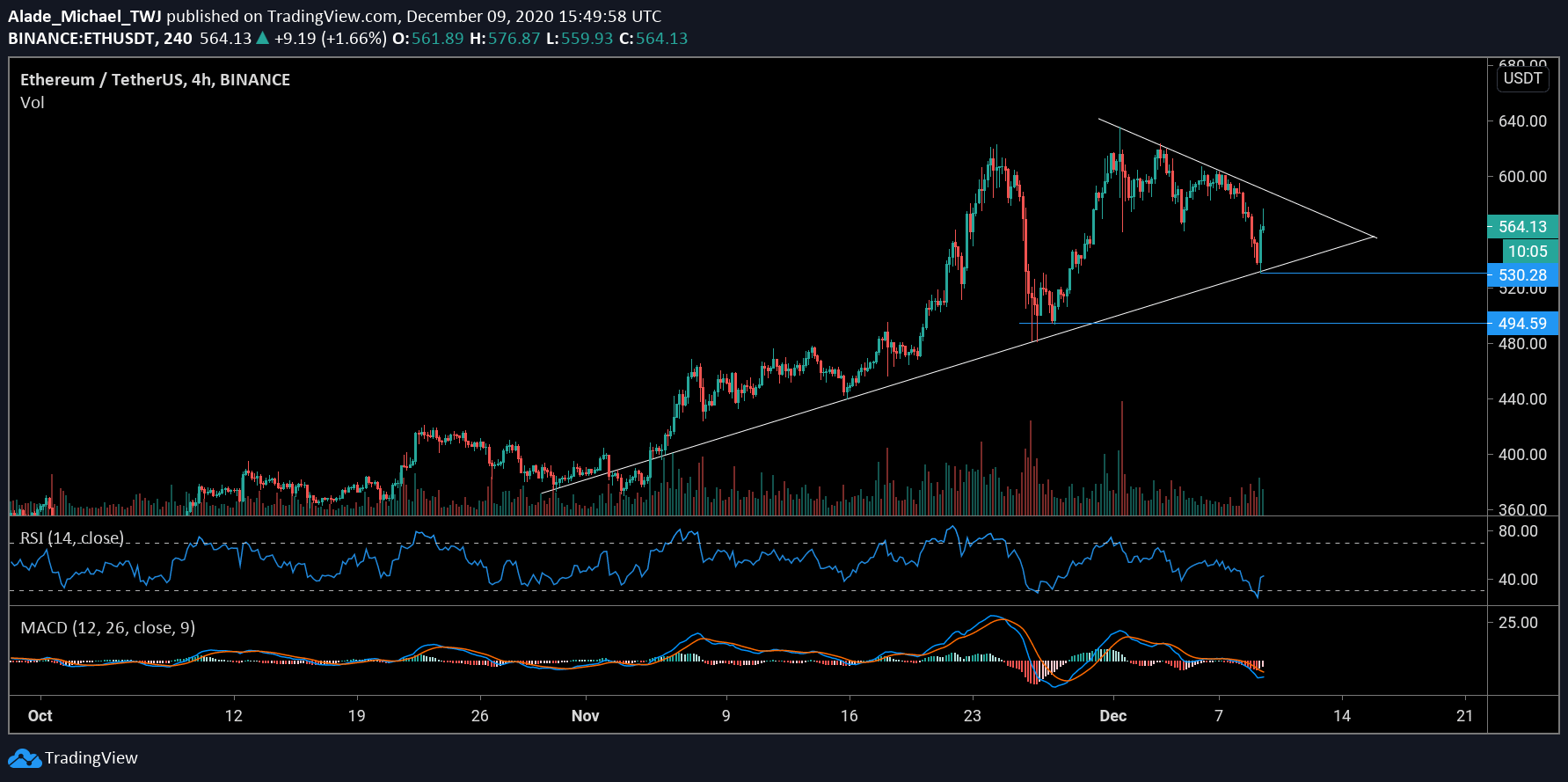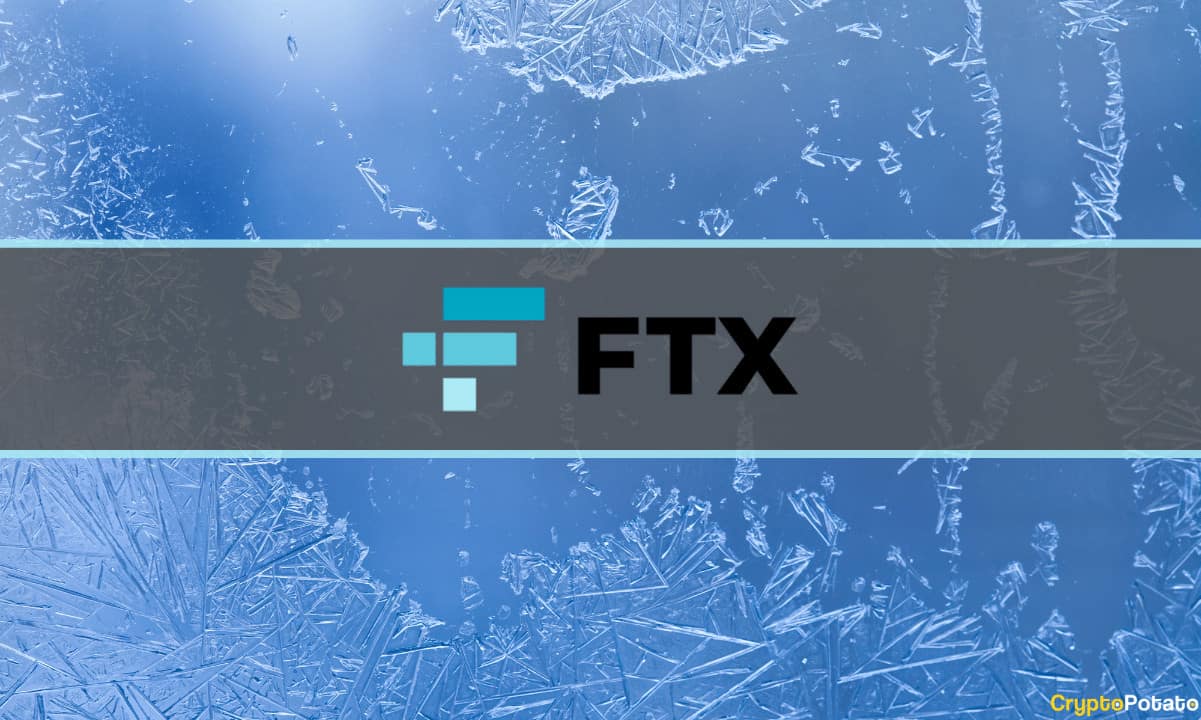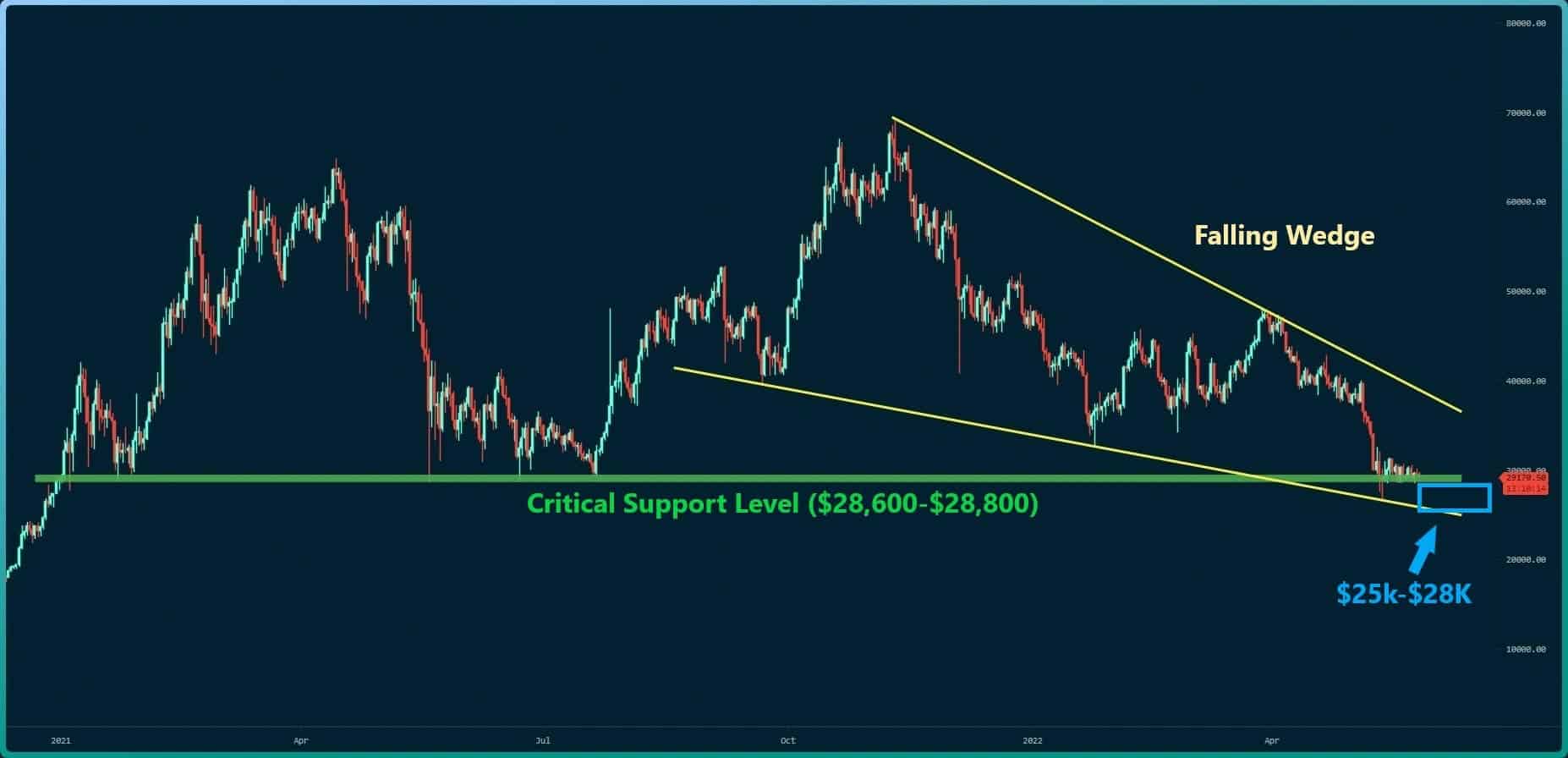Ethereum Merge: What Does This Mean for Stakers and Miners (Chainalysis Report)
Ethereum, the world’s second-largest cryptocurrency, is all set to discard its energy-intensive proof-of-work consensus mechanism sometime next week. While ETH’s price could potentially decouple from other cryptocurrencies post Merge, staking yields is expected to catalyze institutional adoption, Chainalysis said in its latest report.
On the other hand, it may be a difficult road for the existing miners on the network.
Uptrend in Institutional Stakers
As per Chainalysis, the network’s staking rewards will make Ethereum similar to an instrument such as a bond or commodity with a carry premium. The report said stakers can expect around 10-15% yields annually. These returns could potentially make Ethereum staking an “enticing bond alternative for institutional investors.”
Chainalysis observed that the number of institutional ETH stakers with $1 million worth of the asset staked or more has been on a steady rise since January 2021. As of August this year, the figures have surpassed 1,000.
The blockchain analysis firm stated that if the number of institutional-sized stakers accelerates faster post the Merge, Ethereum’s staking would, in fact, emerge as a lucrative strategy for the institutional crowd.
“It’ll be interesting to see if the number of institutional-sized stakers increases at a faster rate following The Merge, as this could suggest that institutional investors do indeed see Ethereum staking as a good yield-generating strategy. “
Blow to GPU Mining
The miners in the network are planning ways to pivot away from Ethereum mining and look for alternative strategies. However, their first stop won’t be Bitcoin. This is because most Ethereum miners use computer processors known as GPUs (graphical processing units) that have been rendered obsolete by the Bitcoin miners long back.
Currently, Ethereum makes up 97% of all GPU mining activity. The remaining GPU-mineable crypto assets have a collective market cap of a little over $4 billion, which is not sufficient to accommodate GPU miners.
These entities that were once productive may now have to rethink their business models to stay afloat, Chainalysis highlighted several services built on the Ethereum blockchain that leverage distributed GPUs to executive specific tasks in a decentralized manner. In return, the GPU owners could receive Ether or ERC-20 token rewards.
Apart from crypto uses for GPUs, some of the non-crypto ones could include processing for data centers, gaming computers, and other heavy-duty machines. Additionally, miners may also opt to sell their GPUs to companies engaged in those industries.
The post Ethereum Merge: What Does This Mean for Stakers and Miners (Chainalysis Report) appeared first on CryptoPotato.









